Report this entry
More from the same community-collection
Second Wall of Giants Dedicated to Farah Manufacturing
On May 22, 2010 El Paso Museum of History honored and celebrated ...
A great time at the first day of the Chihuahuas for 2015
April 14,2015 Chihuahuas against Remo. Unfortunately, we lost ...
Teresa Aguirre, former Farah employee
Teresa Aguirre, 81, bends down to kiss the Singer 241-12 ...
Jim Farah autographing the book about his father
Jim Farah autographing the book, " Willie Farah the ...
Jim Farah and City Representative Emma Acosta
Farah and City Representative Emma Acosta holding the City ...
Veronica and I on an Apache at Fort Bliss
(L) SFC Lori Kuczmanski and Veronica Landry (R) toured the ...
Farewell luncheon for CSM Chandler @ USASMA
SFC Lori Kuczmanski attended the farewell luncheon with CSM ...




















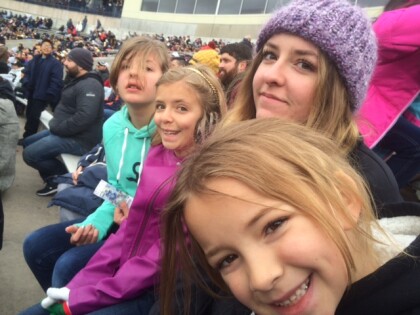


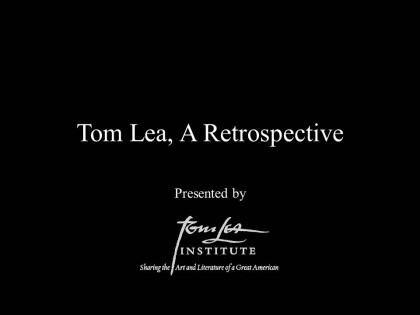
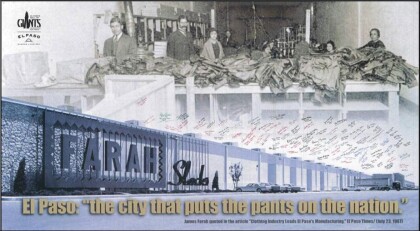
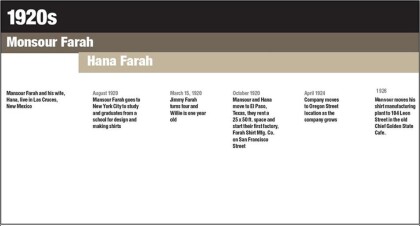


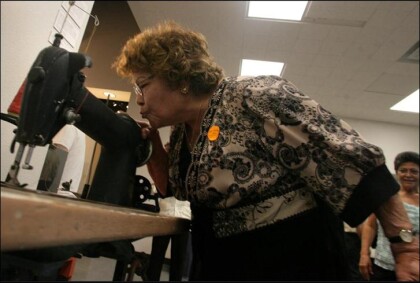
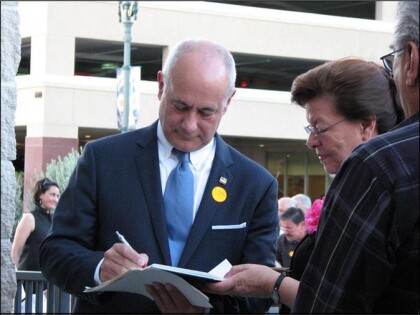
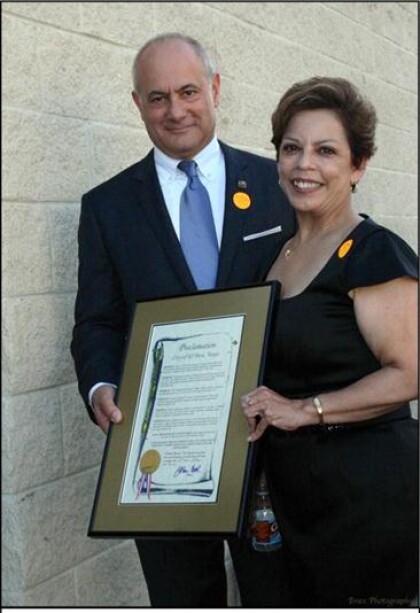


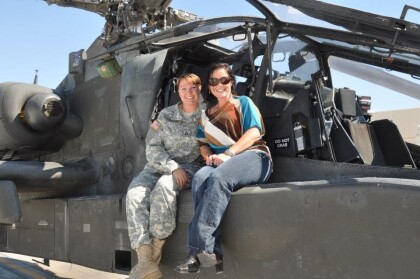

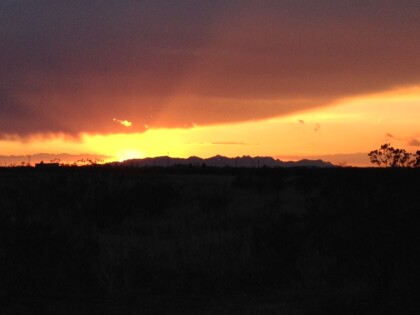
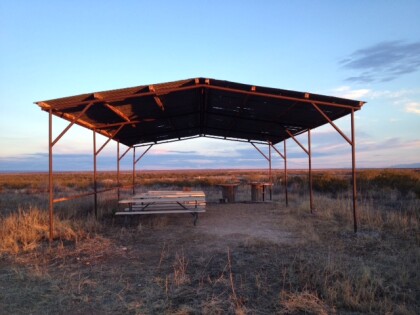
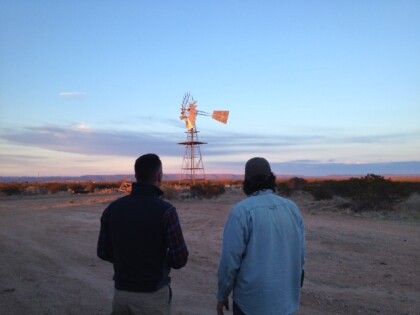
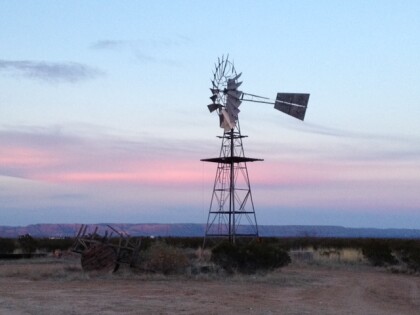
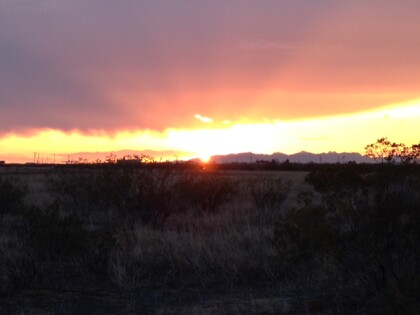
Comments
Add a comment